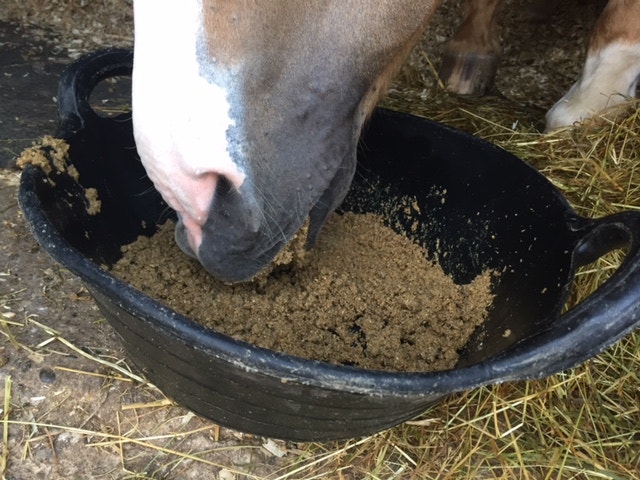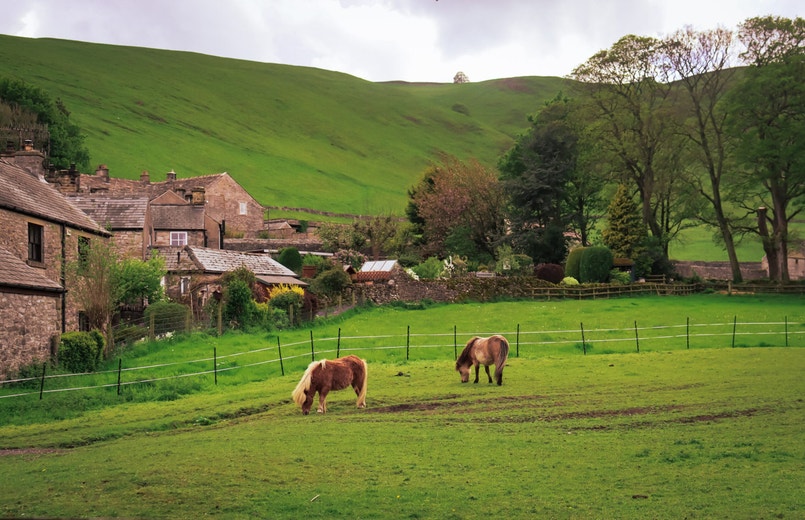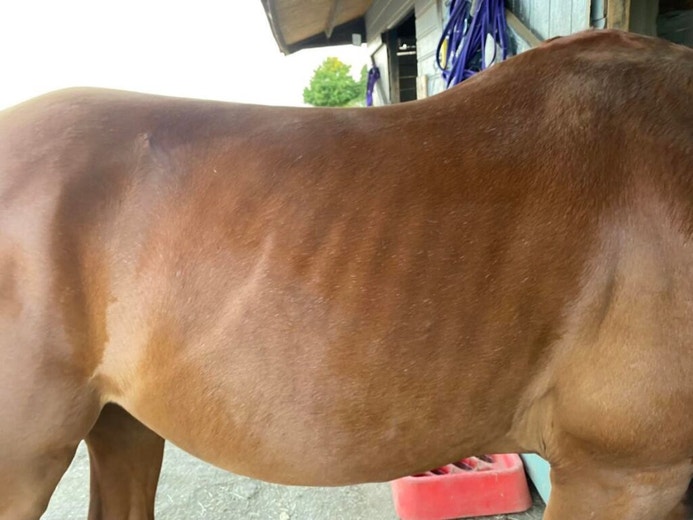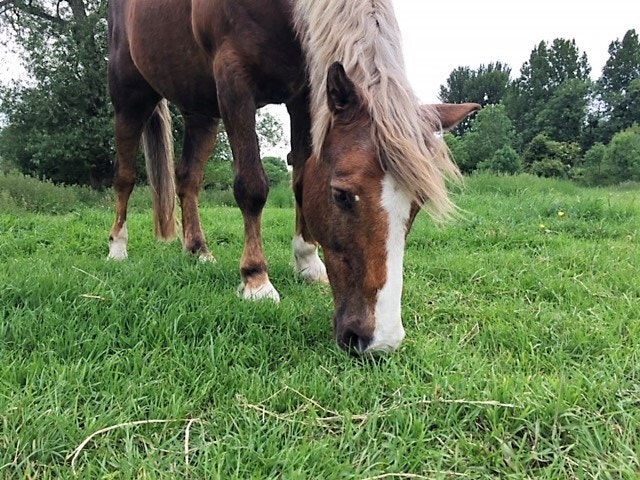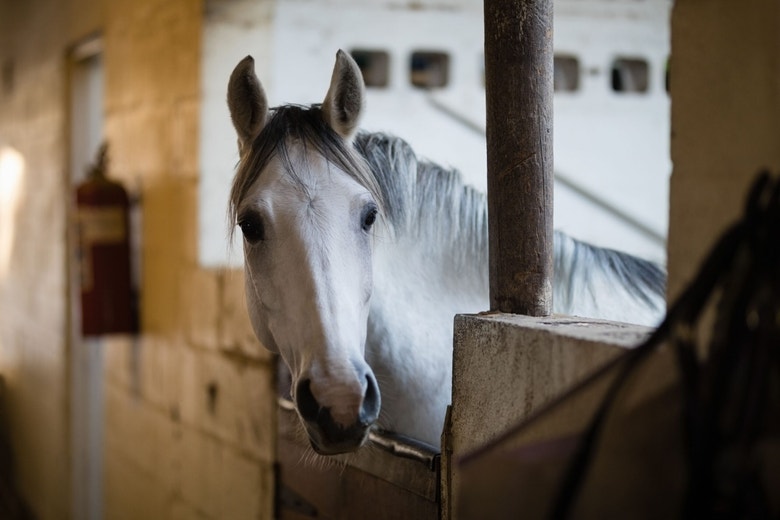Tips for feeding mares & foals
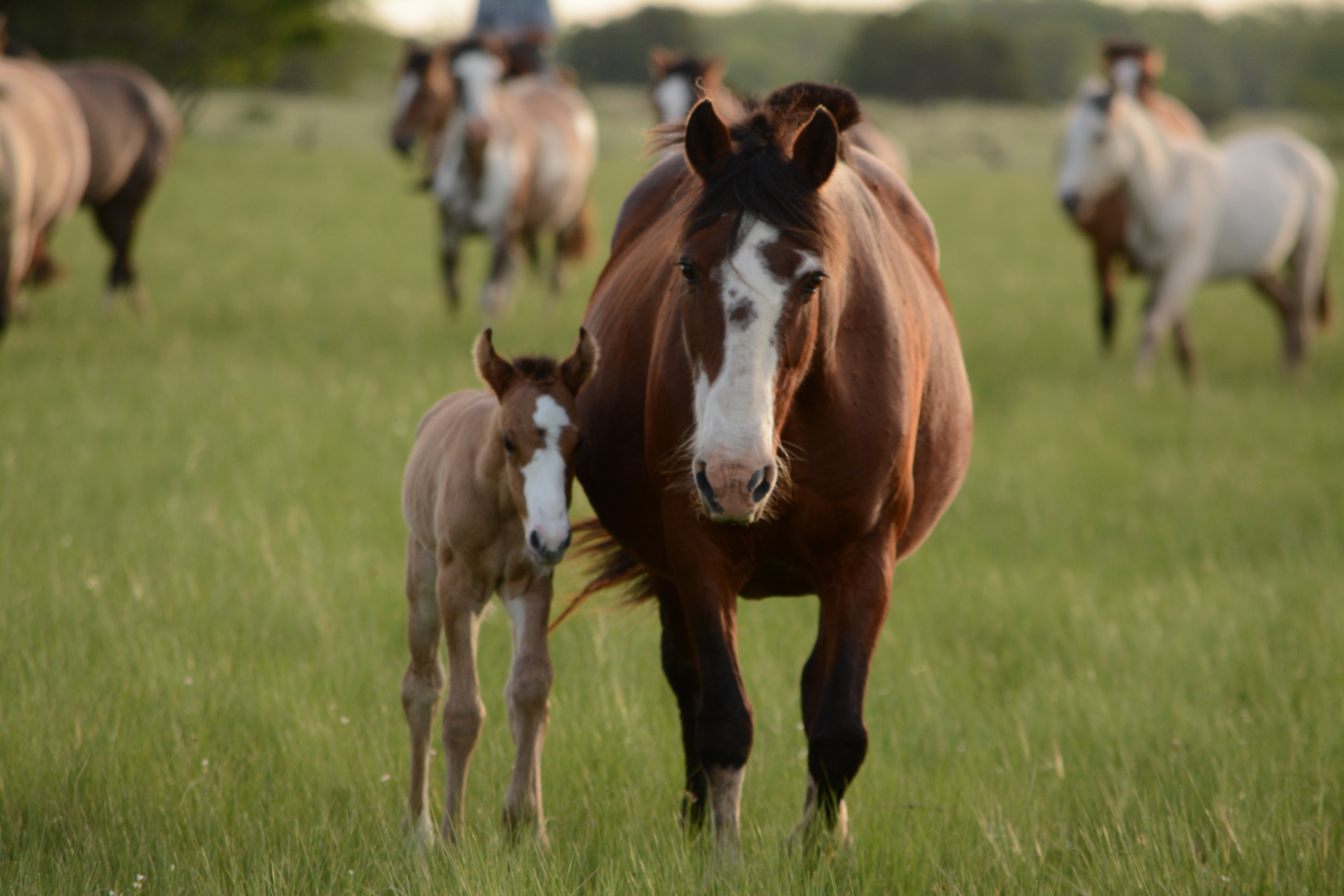
At this time of year many of us are thinking about fresh starts and nothing marks a new beginning quite like the arrival of a foal. Mares due to foal in late spring/ early summer will be entering late gestation while Thoroughbred foals in commercial studs will have already started to arrive. Wherever you are in the breeding cycle nutrition plays a crucial role, so it pays to plan ahead.
Early & mid gestation
Although a critical time, foetal growth during early gestation is slow and unless the mare has a foal at foot, changes in feed are unnecessary during the first seven months provided the mare continues to maintain a healthy body condition and receives a balanced diet.
Late gestation (months 9-11)
Over 60% of foetal growth occurs in the last three months of pregnancy which means suitable nutrition for the mare crucial. For example:
Energy and protein requirements increase to support foetal growth.
Calcium, phosphorus, zinc and copper are essential for the development of bone.
Milk contains very little copper and zinc so supplementing the mare’s intake with a suitable feed or balancer is key.
Almost half of copper, zinc and manganese accumulation occurs in the 10th month of gestation.
Vitamin E is essential for immune health and research suggests that supplementing the mare with vitamin E during pregnancy may help to increase the concentration of antibodies in colostrum.
Lactation
Early lactation (the first 3 months) places the highest nutritional demand on the mare, requiring more energy (calories) and protein than running a race every day. During this time, the mare produces around 3% of her bodyweight in milk per day – approximately 15 litres for a 500kg mare! Individual energy requirements vary and not all mares will need a significant increase in ‘bucket feed’ to maintain condition. While forage may go a long way in meeting energy requirements for good doers, it’s likely to fall short when it comes to quality protein, particularly the essential amino acid lysine. If protein and amino acid requirements are not met, the mare will breakdown muscle or ‘milk off her back’ to meet requirements.
Despite a reduction in milk production and quality, energy and nutrient requirements in late lactation still exceed those of a horse in heavy exercise and a loss of condition can affect the mare’s fertility.
Practical tips for feeding the mare
Aim to maintain a BCS of 5-6 out of 9.
Ideally assess the mare’s body condition at least three months prior to the breeding season to allow any changes in diet to be made gradually.
Ideally provide as much forage as the mare will eat while being mindful of excess waste.
Total forage (including grazing) intake for overweight mares should not be restricted to less than 1.5% bodyweight per day on a dry matter basis – contact the Care-Line for more advice.
Gradually introduce an appropriate stud feed or balancer in month eight of gestation. Stud balancers such as SPILLERS™ Gro N’ Win™ are ideal for mares that do not require the high level of calories provided by traditional stud feeds. They also provide limited amounts of starch and sugar per daily serving.
A stud feed or balancer is generally the most convenient way of providing a balanced diet during late gestation and lactation. However, traditional, high starch options are unsuitable for those prone to clinical conditions such as laminitis, gastric ulcers or tying up so in these situations, seek advice from a nutrition advisor – the most suitable option may not say ‘stud’ on the bag.
Foals: the first 3 months
Foals rely almost entirely on milk for the first month although they will generally start to nibble the mare’s feed at around two weeks of age. By six weeks old, the foal’s requirement for nutrients has already started to exceed what the mare can supply, and the foal will require some supplementary feed of their own. By three months, an increasing requirement for nutrients is coupled with a drop in milk production and quality by which time a suitable ration of feed or balancer should be well established.
Stud balancers are ideal for rapidly growing foals and those that do not require the high level of calories provided by traditional stud feeds.
Provide free access to soft hay/ haylage.
Weaning
Weaning is a stressful time for the foal and often results in a loss of condition and interrupted growth. Although tempting, increases in feed to make up for lost growth post weaning may increase the risk developmental orthopaedic diseases (DOD’s) and should be avoided. Ensuring foals are established on an appropriate feed or balancer prior to weaning helps to reduce digestive disturbance and maintain appetite which in turn, helps to maintain nutrient intake and support growth. Where possible, try to avoid rapid changes in forage around this time too.
Don’t forget about water!
The mare’s requirement for water increases by approximately 30% during lactation!
Make sure foals can reach water buckets/ troughs.
For specific advice on feeding your mare or foal, contact the SPILLERS Care-Line.
